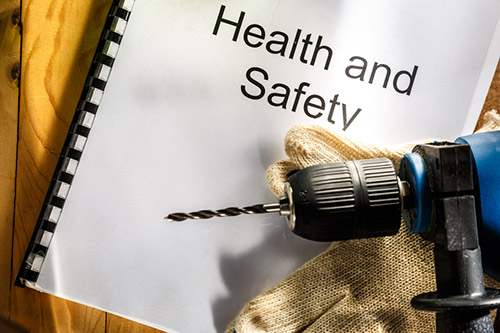
Biological and bio-chemical hazards are present on just about every construction site and should be effectively managed in order to comply with safety standards and to keep your employees and trades safe. Not only should you ensure that safety comes first, but accidents on site can cause costly delays too, even if no one is injured.
While some chemicals common on jobsites may not cause immediate illness or injury, they can (over time) pose a health hazard if not used according to the manufacturer’s instructions.
Always inspect equipment to ensure that it is in good working order prior to starting a job. This is especially true for equipment that includes breathing apparatus.
According to OSHA, chemical hazards to look out for include gases, dusts, fumes, vapors, fibers and mists that can affect not only your employees, but also their families.
Biological hazards include mold, poisonous plants, infectious animals and bacteria.
Ensure that sites are properly inspected prior to commencing work. If hazardous working conditions are suspected, always use the proper gear to protect yourself. Things to look out for during an inspection of the jobsite:
- Test enclosed spaces in existing buildings for hazardous gases or vapors.
- Inspect the area in and around the site for contaminated soil.
- Inspect old homes and buildings for poor housekeeping conditions, especially the bathroom facilities.
- Check for hazardous chemicals like solvents, gases and glues.
- Get a professional in if you suspect that asbestos will need to be removed.
- Look for lead and fungus or mold.
- Look for hazardous materials like coatings on structures and metal-containing alloys, concrete and silica.
- Check for degreasing agents like chlorinated hydrocarbons (chloroform and carbon tetrachloride).
- Look out for radiological exposures in buildings like labs, nuclear facilities and hospitals.
- Inspect the site for poisonous plants, venomous animals like snakes and animals like rats and raccoons that may carry rabies.
Workers have a right to refuse to work in areas or circumstances they deem unsafe. If you smell something chemical or unpleasant or you feel physical symptoms like dizziness, nausea, burning, coughing etc., alert your coworkers and evacuate the area until the cause can be established.
You can report unsanitary or unsafe working circumstances to OSHA and an inspection will be carried out.
See a full guide to dealing with hazardous working conditions from OSHA here.
